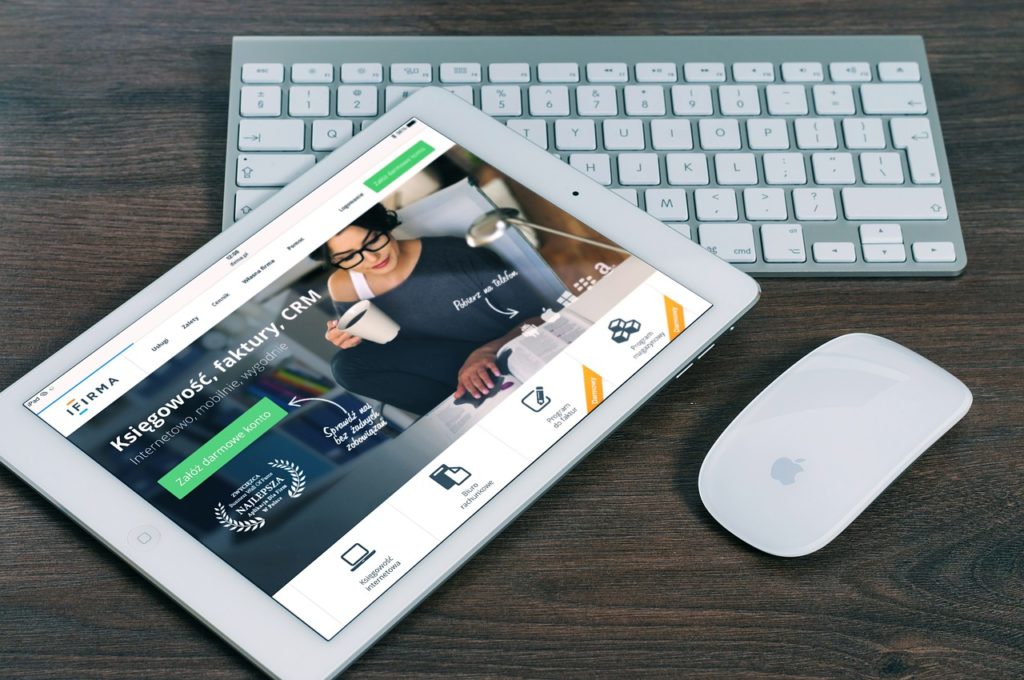 Designing Landing Pages for Conversion
Designing Landing Pages for Conversion
Landing pages take many different forms, with many different conversion goals in mind. But while the details of a page may vary based on its functional purpose, many of the contributing elements remain the same. If you want visitors to stay on your page, absorb its content, and take action, your landing page must be intentionally designed to facilitate usability and motivate visitors to action. High-converting landing pages have some basic design elements in common, and the good news is that many high-value changes are simple to implement, but powerful in their results.
Five Ways to Build a Better Landing Page
Let’s take a look at five simple changes you can make right now to improve the conversion rates on your landing pages:
- Keep the call to action above the fold, even on mobile devices. An effective call to action should be immediately visible without scrolling. If your visitors have to scroll in order to see the call to action, you’ll lose a percentage of them before they even know what you want them to do. That holds especially true for mobile devices. If your website doesn’t have a mobile version, it’s likely that many of your page elements won’t display on the smaller mobile screen. You can address this problem by implementing a responsive web design that renders your site differently based on the device used to access it.
- Create a Stronger Headline. The headline should be designed to draw people in and capture interest. Don’t settle for a boring headline; instead, implement wording that piques interest and makes your visitors want to know more, while also clearly communicating what the page is about.
- Talk About the Visitor, Not Yourself. Benefits sell. Your landing page should focus on how your product or service will help the visitor rather than about features. Discuss pain points, problems, or frustrations, and then demonstrate how you can meet that need. Shift the focus from you to them.
- Keep Content Brief and to the Point. The landing page is not the place to provide lengthy, in-depth explanations of your business offerings. Your landing page should quickly and pointedly explain what the visitor should do and why he should do it. Break longer paragraphs up into bullet points or brief paragraphs with subheadings to communicate more effectively.
- Give Your Call to Action More Pizazz. Use strong action words on your call to action to persuade the user to click. Try running some A/B tests to determine which wording gets more clicks, and consider changing up the color of your CTA button to make it stand out from surrounding content.
Who, What, Why, and How
The goal of the landing page is to persuade your audience to take action. In order to do that, you must address the basic questions of who, what, why, and how. Who will benefit from your product or service? What does your product or service do? Why should the user choose you? How can the visitor take action? Effective landing pages answer these questions concisely, pointing the visitor toward a clear call to action while keeping content brief and to the point.
Determine Friction Points
If your landing page has a high bounce rate, you need to take a close look at your metrics to determine where the friction points are. Have you designed the landing page with usability in mind? Is the purpose of the page clear? Is the call to action visible and purposeful? Is it easy to take action? Testing various elements of your landing page can help you determine where friction points exist and how you can make them better. Addressing the five elements above will give you a good start on this process, with the goal of creating a streamlined landing page that moves visitors effectively toward the conversion.

